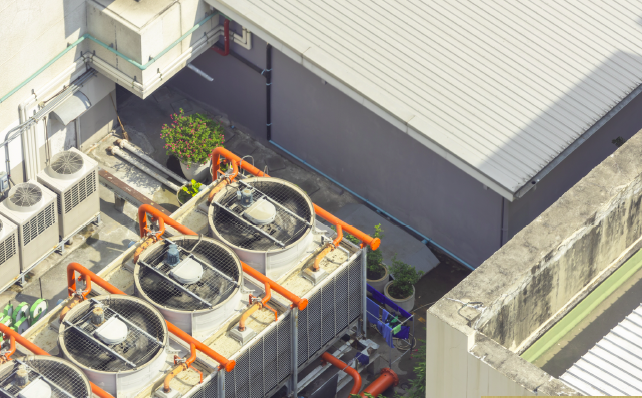
By Elías Cedillo Hernández
CEO and Founder of GrupoBeIT, BuroMC, and Elite Infrastructure Services
Data centers have become the digital heart of the global economy. However, their exponential growth poses a critical challenge: thermal management. In this context, cooling systems emerge as a strategic pillar to ensure operational efficiency, sustainability, and scalability.
A prominent example of this transformation is the recent expansion of Schneider Electric’s plant in Sant Boi de Llobregat, Barcelona. This factory, now the largest in Europe for the production of prefabricated modular data centers, has increased its capacity from 7,000 m² to 12,000 m². The expansion responds to the growing demand for high-density energy solutions, driven by AI applications and intensive computational workloads.
Schneider Electric’s strategy focuses on offering modular solutions that enable the deployment of fully operational data centers in just 24 weeks. This agility, combined with optimized production and a lower carbon footprint, positions the company as a benchmark in sustainability and energy efficiency.
Meanwhile, the global market for liquid cooling in data centers is experiencing unprecedented growth. It is expected to reach USD 14.81 billion by 2029, up from USD 4.77 billion in 2024, with a compound annual growth rate of 25.44%.
This type of technology—which includes methods such as direct immersion and indirect cooling—offers significant advantages over traditional air-based systems:
- Higher thermal efficiency: more effective heat dissipation, even in high-density computing environments.
- Reduced energy consumption: in warm climates, it can lower refrigerant usage by up to 80%.
- Heat reuse: the thermal energy generated can be recycled for building or water heating, reducing environmental impact.
The global data center cooling market, which includes both air and liquid solutions, is projected to grow from USD 16.56 billion in 2024 to more than USD 34.51 billion in 2029. This expansion is being driven by the growth of cloud computing, edge computing, and the massive adoption of technologies such as IoT and AI.
Companies like Microsoft, Google, and Meta are already integrating artificial intelligence to optimize the thermal management of their data centers, anticipating a future where energy efficiency will be as critical as processing capacity.
For business leaders, understanding and adopting advanced cooling technologies is not just a technical issue but a strategic decision. Thermal efficiency directly impacts operational continuity, energy costs, and corporate sustainability.
Ultimately, investing in innovative cooling solutions means investing in resilience, competitiveness, and environmental responsibility. In a world where data never rests, keeping it cool intelligently is more important than ever.












Post comments (0)